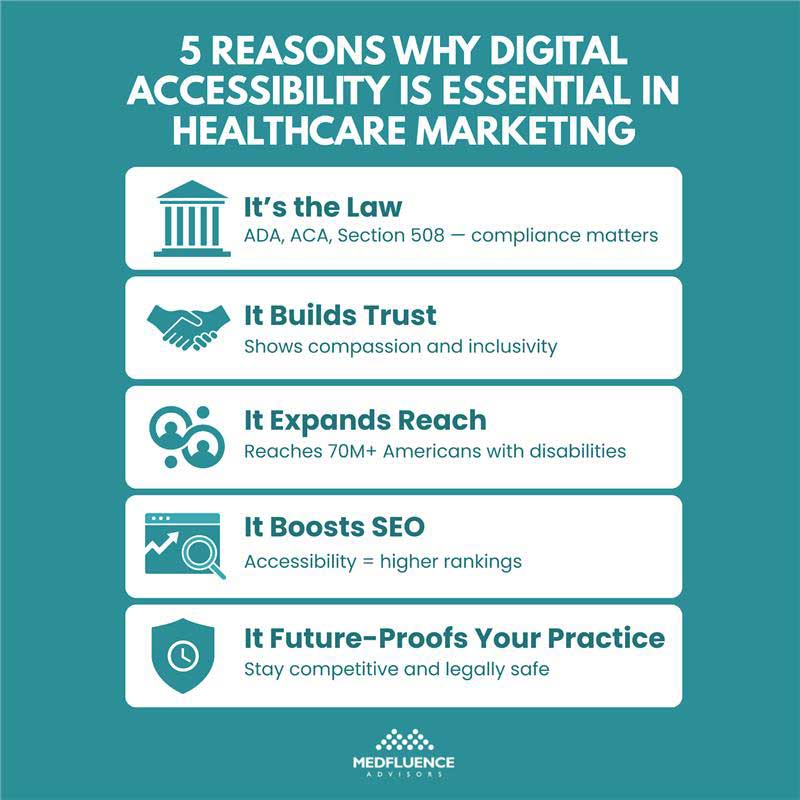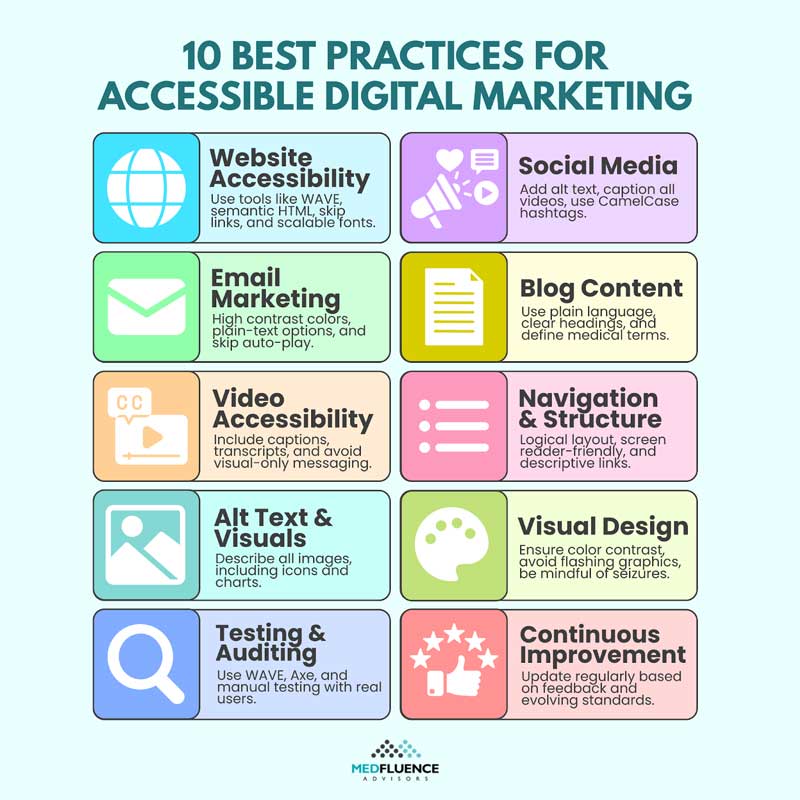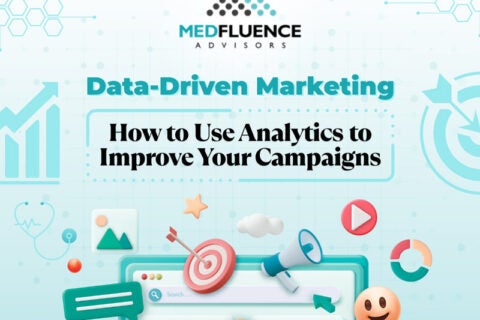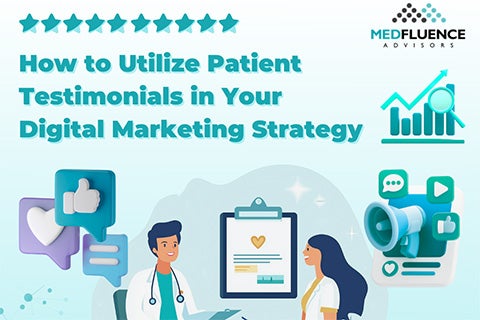The Importance of Accessibility in Digital Marketing for Healthcare

Accessibility in Healthcare Digital Marketing: Why It Matters and How to Get It Right
Today’s healthcare industry continues to undergo transformative change. People are more online than ever before, and your audience expects your practice to meet them there. That’s why digital accessibility is no longer a nice-to-have—it’s essential. It widens your reach, strengthens trust, and signals to every patient that they matter.
Creating and maintaining good relationships with your audience is at the core of every successful medical practice. And you can ensure this by making your digital presence accessible to everyone—especially individuals with disabilities.
Understanding Digital Accessibility
Digital accessibility refers to the design and development of websites, mobile apps, emails, and other digital tools in a way that allows people with disabilities to perceive, understand, navigate, and interact with them. It includes everything from assistive technologies like screen readers and voice commands, to simplified design and structure that ensures usability for all.
In the healthcare industry, where communication and trust are critical, digital accessibility plays a vital role in patient experience. It allows every patient—regardless of limitations—to find the information and care they need.
Disability-Related Statistics to Put Things in Perspective
According to the CDC:
- More than 1 in 4 adults in the U.S. (28.7%) have some type of disability.
- 13.9% struggle with cognition.
- 12.2% have mobility disabilities.
- 7.7% have difficulty living independently.
- 6.2% are deaf or have hearing difficulties.
- 5.5% have vision impairments.
- 3.6% have difficulty caring for themselves.
These numbers highlight the critical need for inclusive digital design in healthcare. Ignoring accessibility means leaving out millions of potential patients who need care and information.
Why Accessibility Is a Must in Healthcare Marketing
1. It’s the Law
Healthcare providers are bound by regulations like the Americans with Disabilities Act (ADA), Section 508 of the Rehabilitation Act, and Section 1557 of the Affordable Care Act. The Department of Justice has clarified that these laws apply to digital assets, not just physical spaces.
Failing to comply can result in lawsuits, fines, and reputational damage.
2. It Builds Trust and Demonstrates Compassion
Making your website and digital marketing accessible communicates that your practice sees and values every patient. That empathy builds deeper relationships and reinforces patient loyalty.
3. It Expands Your Reach and Engagement
Accessible websites and content engage a broader audience, including the 70+ million Americans living with disabilities. This translates directly to increased traffic, appointments, and impact.
4. It Enhances SEO
Google rewards accessibility. Features like alt text, transcripts, semantic HTML, and structured content not only help users but also boost your rankings.
5. It Future-Proofs Your Practice
Inclusive digital design isn’t a temporary trend. As expectations rise, practices that lead in accessibility will stay competitive and legally protected.

Legal Requirements in Providing Accessible Care
ADA (Americans with Disabilities Act)
Title III requires all healthcare providers to offer equal access to services, including digital content.
WCAG (Web Content Accessibility Guidelines)
These international standards form the framework for digital accessibility:
- Perceivable: Content is presented in ways users can recognize.
- Operable: Interfaces work with all devices and inputs.
- Understandable: Information is clear and readable.
- Robust: Compatible with current and future technologies.
Rehabilitation Act (Section 508)
Updated to require WCAG compliance for any federal or publicly funded healthcare services.
ACA (Affordable Care Act)
Promotes digital equity in coverage, services, and protections for people with disabilities.
Nondiscrimination in Telehealth Guidance
This addresses telehealth accessibility, ensuring fair treatment regardless of disability, language, race, or age.
Best Practices for Accessible Digital Marketing
Website Accessibility
- Use tools like WAVE and Axe to identify barriers.
- Label all forms, use semantic HTML, and implement ARIA roles.
- Enable keyboard navigation and screen reader support.
- Use skip links, scalable fonts, and high-contrast design.
Social Media
- Add alt text and image descriptions.
- Caption all videos.
- Use descriptive hashtags in CamelCase.
- Avoid ASCII-only messages or excessive emojis.
Email Marketing
- Use high-contrast color schemes.
- Include plain-text alternatives.
- Structure content with headings.
- Avoid auto playing media or flashing graphics.
Blog Content
- Use heading hierarchies (H1-H3).
- Avoid medical jargon and write in plain language.
- Define complex terms and offer downloadable audio or summaries.
Video Accessibility
- Provide captions, transcripts, and audio descriptions.
- Avoid important information conveyed only via visuals.
Navigation and Content Structure
- Clearly structure content for screen readers.
- Use logical, sequential layout.
- Ensure links are descriptive (e.g., “Read our sinus guide” instead of “Click here”).
Alt Text and Visual Content
- Describe images with meaningful context.
- Use alt text for icons, infographics, and charts.
Visual Design
- Ensure color contrast and avoid relying solely on color.
- Avoid flashing images that may trigger seizures.
Testing and Auditing
- Run regular audits with automated and manual tools.
- Get feedback from users with disabilities.
- Fix broken accessibility features promptly.

Marketing Risks of Inaccessibility
- Legal exposure: ADA lawsuits are increasing rapidly.
- Brand damage: Inaccessibility signals exclusion.
- Lost revenue: Millions of patients may turn elsewhere.
- Ethical failure: Denying equitable access in healthcare is a serious issue.
How Accessibility Benefits Your Practice
- Wider reach: Tap into new patient segments.
- Better SEO: Google loves accessible, structured sites.
- Improved patient experience: Leads to better outcomes and loyalty.
- Enhanced reputation: Show patients you care about inclusion.
- Stronger business performance: Inclusion is good ethics and smart strategy.
Conclusion: Your Practice Should Stay Accessible
Digital accessibility is a cornerstone of ethical, inclusive, and effective healthcare marketing. When your website and digital content are inclusive, you don’t just reach more people—you serve them better. You send a powerful message that your practice values every patient, regardless of their abilities.
In an increasingly competitive healthcare space, accessible design isn’t just the right thing to do—it’s essential for patient care, legal compliance, and practice growth.


